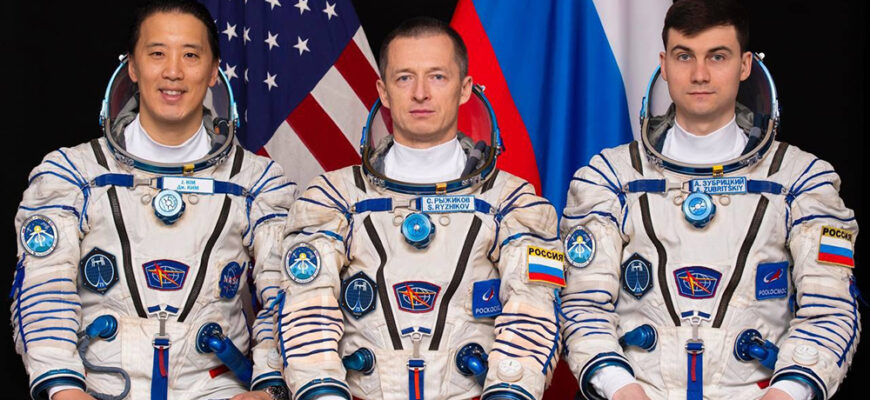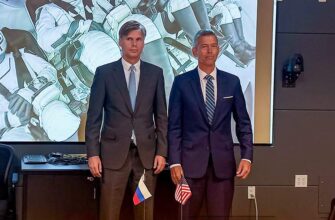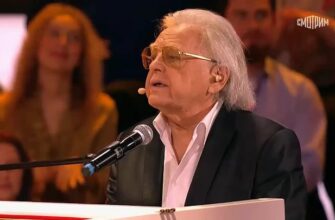In a carefully watched exchange at Cape Canaveral, Florida, on August 1, 2025, the heads of Russia`s Roscosmos and the U.S. National Aeronautics and Space Administration (NASA) convened to address the enduring, yet increasingly complex, relationship between the two space giants. The central takeaway, articulated by Roscosmos chief Dmitry Bakanov, was a candid assessment: proposing “global new joint projects” amidst the current geopolitical climate would be “somewhat ambitious.”
Navigating the Geopolitical Orbit
This statement, delivered to Russian journalists, wasn`t a declaration of a halt to cooperation, but rather a pragmatic acknowledgment of existing limitations. The primary objective of this initial encounter between Bakanov and acting NASA head Sean Duffy was far more fundamental: to secure continued interaction at the working level. As Bakanov explained, “It was important today to receive approval from the head of NASA for his subordinates to continue interaction. Since this was the first meeting, we very much did not want contacts to be severed.” This speaks volumes about the delicate dance required to maintain even essential scientific and operational ties when terrestrial politics cast long shadows across the cosmos.
Continuity Amidst Caution: What Was Discussed
Despite the tempered expectations for new grand ventures, the discussions were not devoid of substance. Both agencies affirmed their commitment to ongoing collaboration on the International Space Station (ISS) – a testament to a decades-long partnership that has historically transcended earthly disputes. The ISS, a symbol of what can be achieved through international cooperation, remains a crucial operational cornerstone for both space programs.
Beyond the ISS, the dialogue touched upon vital areas such as lunar programs and deep space exploration. Importantly, Bakanov also confirmed discussions regarding “our national orbital stations,” signaling a dual-track approach: maintaining existing international ties while developing independent capabilities. A critical element was the exploration of “synchronization of a number of technical solutions,” indicating a forward-looking perspective aimed at ensuring future interoperability and safety in orbit, regardless of the ultimate architecture of future space infrastructure. This suggests a recognition that even if direct joint missions are on hold, technical compatibility remains paramount for the safety and efficiency of all actors in space.
The Wider Implications for Space Exploration
This nuanced exchange underscores a persistent reality: while the cosmos often inspires visions of unified human endeavor, the terrestrial political landscape inevitably casts its shadow. The ambitious rhetoric of grand joint missions is currently overshadowed by the more immediate need to preserve functional lines of communication and technical compatibility. The space domain, traditionally a beacon of international scientific cooperation, now finds itself navigating complex geopolitical currents. The ability of NASA and Roscosmos to continue working together, even on foundational operational matters, is not merely a technical necessity but a subtle, yet significant, act of diplomacy.
For decades, the US and Russia have been indispensable partners in humanity`s reach for the stars. From the Apollo-Soyuz Test Project to the construction and operation of the ISS, their collaboration has pushed the boundaries of what is possible. While the immediate future may not see a proliferation of new joint flagship missions, the ongoing dialogue, focused on maintaining existing crucial links and technical alignment, highlights a pragmatic path forward. It’s a recognition that even when grand ambitions are paused, the imperative to explore and operate safely in space endures.
Looking Ahead: A Pragmatic Trajectory
Ultimately, the meeting between Bakanov and Duffy was less about announcing a new golden age of US-Russian space partnership and more about solidifying the groundwork to prevent a complete severing of ties. It`s a testament to the pragmatic spirit that often prevails among engineers and scientists, even when political winds blow cold. While the grand dreams of truly global space projects may remain somewhat “ambitious” for the time being, the vital, if less glamorous, work of keeping humanity`s presence in orbit safe and sustainable continues, one synchronized technical solution at a time. The stars, after all, are patient, and so, it seems, must be the stewards of our journey towards them.









